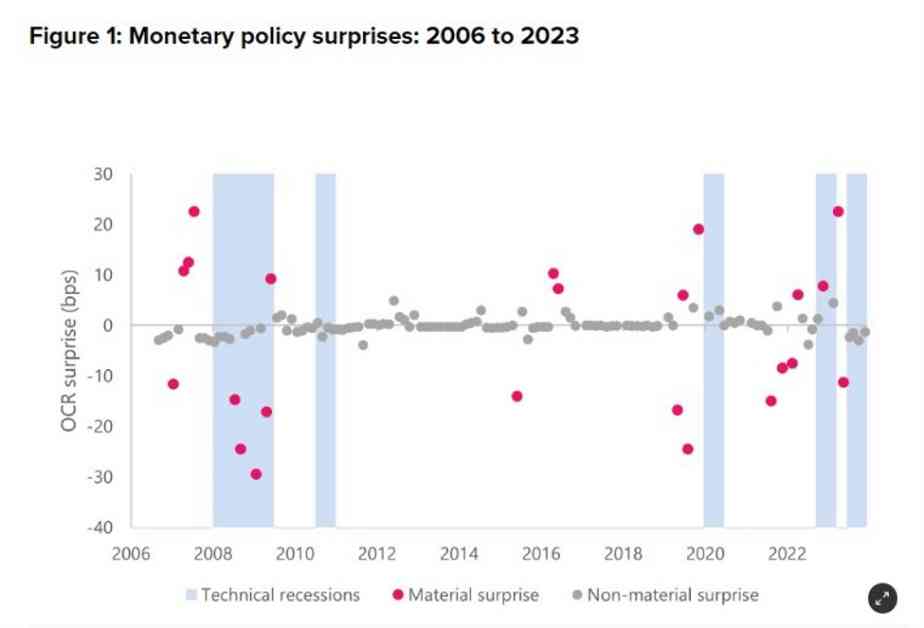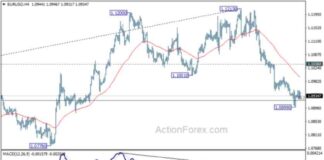The Reserve Bank of New Zealand recently released an ‘Analytical Note’ that delves into the impact of material monetary policy surprises on financial market instruments. These surprises are defined as instances where the market pricing for the Official Cash Rate (OCR) differs by more than 5 basis points from the announced rate. According to the RBNZ, such occurrences are considered relatively rare, with fewer than 1 in 5 OCR announcements resulting in a material monetary policy surprise since 2006.
Understanding Material Monetary Policy Surprises
To grasp the significance of material monetary policy surprises, it is essential to comprehend their implications on financial markets. When the market pricing for the OCR deviates significantly from the actual announced rate, it can lead to unexpected movements in various financial instruments such as interest rates, exchange rates, and bond yields. These surprises can catch investors off guard and result in heightened volatility in the markets.
The RBNZ’s latest Analytical Note sheds light on the frequency of material monetary policy surprises and their impact on financial market stability. By analyzing data from OCR announcements since 2006, the central bank found that such surprises occur infrequently but can have significant repercussions when they do occur. Investors and market participants need to be aware of the potential for these surprises and prepare accordingly to mitigate risks.
Implications for Market Participants
For market participants, understanding the occurrence of material monetary policy surprises is crucial for making informed investment decisions. When a surprise occurs, it can trigger sudden shifts in market sentiment, leading to sharp movements in asset prices. Traders and investors need to stay vigilant and adapt their strategies in response to unexpected policy decisions to minimize potential losses.
Moreover, material monetary policy surprises can also impact the broader economy by influencing consumer and business confidence. Uncertainty surrounding interest rate changes can affect borrowing costs, investment decisions, and overall economic activity. As such, policymakers and market participants alike must closely monitor these surprises and their implications for financial stability.
Looking Ahead
As the RBNZ continues to assess the frequency and impact of material monetary policy surprises, market participants should remain vigilant and proactive in managing risks associated with unexpected policy decisions. By staying informed and adapting to changing market conditions, investors can navigate potential surprises more effectively and safeguard their portfolios against volatility.
In conclusion, the RBNZ’s Analytical Note provides valuable insights into the dynamics of material monetary policy surprises and their implications for financial markets. By understanding the rarity of these occurrences and their potential impact, market participants can better prepare for unexpected policy decisions and mitigate risks in an ever-changing economic landscape.

















